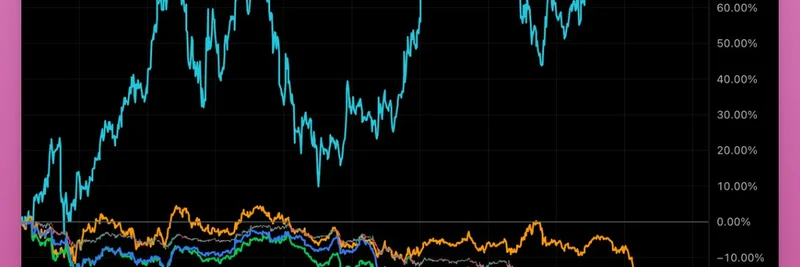Have you ever wondered how some cryptocurrencies keep your transactions completely hidden while still playing by the rules of the blockchain? That's where Zcash comes in, a project that's been pushing the boundaries of privacy since its launch. Recently, BSC News dropped a comprehensive deep dive into Zcash, highlighting its journey and tech. As someone who's covered crypto from the front lines, I'll break it down in simple terms and connect it to the wild world of meme tokens—because privacy matters when you're chasing the next big pump.
What Makes Zcash Stand Out?
Zcash isn't your average crypto. It's a decentralized currency that lets you choose between public or private transactions. Think of it like having a glass house or one with blackout curtains. The public ones, called transparent addresses (or t-addresses), work just like Bitcoin—everything's out in the open. But the private ones, shielded addresses (z-addresses), use fancy math to hide the sender, receiver, and amount without compromising the network's security.
At the heart of this is zk-SNARKs, which stands for Zero-Knowledge Succinct Non-Interactive Arguments of Knowledge. Don't let the name scare you—it's basically a way to prove something is true without revealing the details. For example, you can show you have enough funds for a transaction without saying how much or where it came from. This tech was a game-changer when Zcash forked from Bitcoin back in 2016, and it's influenced everything from Ethereum's upgrades to modern scaling solutions.
A Quick History Lesson
Zcash didn't just appear out of thin air. It built on research from top universities like Johns Hopkins and the Technion, focusing on zero-knowledge proofs. The team behind it, originally the Zcash Company and now the Electric Coin Company, launched the network on October 28, 2016. They kept Bitcoin's 21-million coin cap and proof-of-work mining but added privacy as a core feature.
Over the years, upgrades have made it faster and more user-friendly. Take Sapling in 2018—it cut down the time and memory needed for private transactions, making them practical on mobile devices. Then Heartwood in 2020 improved scalability, and Network Upgrade 5 (NU5) in 2022 ditched the need for "trusted setups" with Halo 2 proofs. These evolutions show Zcash adapting to real-world use, much like how meme tokens iterate on community feedback to stay relevant.
Governance has also become more community-driven, with votes deciding funding and directions. It's a nod to decentralization, similar to how DAOs run some meme projects.
Diving Into the Tech
Zcash uses Equihash for mining, which is designed to be fairer by resisting specialized hardware dominance. It halves rewards every four years, just like Bitcoin, creating scarcity.
The real magic is in those zk-SNARKs. When you make a shielded transaction, you create a proof that everything checks out—funds are real, no double-spending— but nothing else is revealed. It's like a black box that the network trusts because the math adds up. As more people use shielded pools, privacy gets stronger for everyone, kind of like how liquidity pools in meme token DEXs benefit from more participants.
Looking ahead, Zcash is prepping for quantum threats and better mobile support, ensuring it stays secure in a post-quantum world.
What's New in 2025?
The latest buzz from the BSC News piece points to Network Upgrade 6.1, set for November 23, 2025, focusing on fine-tuning shielded transactions for better reliability. They're also shifting to Rust for node software, which is safer and aligns with trends in projects like Solana—great for preventing bugs that could tank a token's value.
On the interoperability front, Zcash is exploring cross-chain privacy. Imagine moving assets between blockchains without exposing your moves to whales or bots. This could be huge for meme token traders who want to swap without getting front-run. Integrations with DeFi are in the works too, like private smart contracts that keep your strategies under wraps.
Why This Matters for Meme Tokens
Meme tokens thrive on hype, community, and quick trades, but blockchain transparency can be a double-edged sword. Snipers and MEV bots scan public ledgers to exploit moves. Zcash's privacy tech offers lessons here—zk-SNARKs are already inspiring privacy layers on Ethereum and other chains where many memes launch. Projects using zero-knowledge proofs could let you buy into the next viral token without broadcasting your wallet size.
Plus, as regulations tighten, privacy coins like Zcash highlight ways to comply while protecting users. For blockchain practitioners dipping into memes, understanding this tech can give you an edge in building or trading secure, anonymous ecosystems.
If you're intrigued, check out the original tweet from BSC News or dive deeper into the full analysis on BSC News. Zcash might not be a meme itself, but its innovations are quietly powering the privacy tools that could supercharge the meme token space. What's your take on privacy in crypto—essential or overrated?




